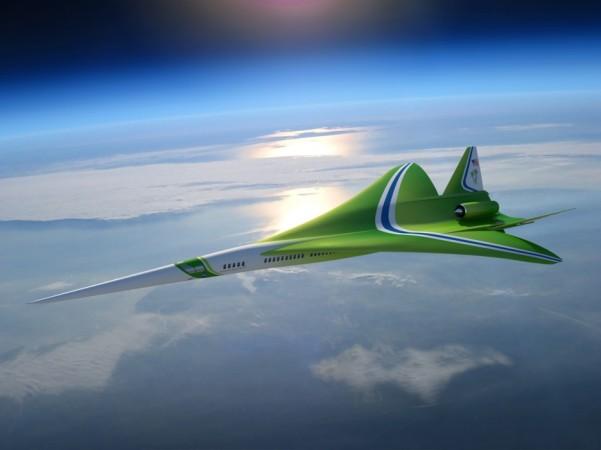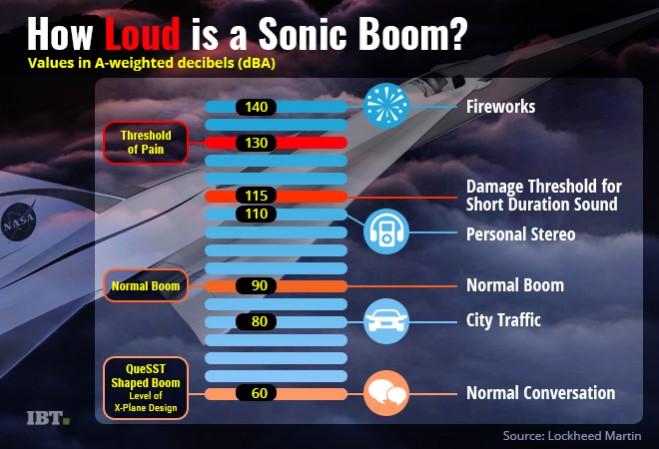
NASA and Lockheed Martin have been working together to make quiet supersonic commercial travel over land a reality. On Tuesday, the federal space agency announced that it had completed the preliminary design review of its futuristic X-plane, which will be able to turn the sonic boom associated with the supersonic flight into a soft rumble.
According to NASA, the successful review of its Quiet Supersonic Transport (QueSST) aircraft, the initial design stage of its planned Low Boom Flight Demonstration (LBFD) experimental aeroplane, is a significant milestone in its effort to make quieter supersonic passenger jets. Experts from both NASA and Lockheed Martin concluded on Friday that the QueSST design meets all the mission objectives of the LBFD aircraft, including flying at supersonic speeds while producing only a mild boom.
"The LBFD X-plane will be flown over communities to collect data necessary for regulators to enable supersonic flight over land in the United States and elsewhere in the world," NASA said in a statement.
After the initial design review, the next step for NASA is to start soliciting proposals later this year and awarding a contract early next year to build the piloted, single-engine X-plane. The agency said that the first flight testing of an LBFD X-plane could take place in 2021.

According to Lockheed Martin, the demonstrator aircraft will be 90 feet long. However, it will be smaller than future civil supersonic aircraft. NASA partnered with Lockheed Martin for the QueSST preliminary design in February 2016.
The supersonic X-plane will be able to fly at speeds of Mach 1.4 (about 1,770 kmph), which is twice the speed of today's commercial airliners and nearly as fast as the Concorde, a British-French turbojet-powered supersonic passenger jet type that was operated until 2003.

However, NASA's supersonic X-plane will be significantly quieter than the Concorde. The X-Plane will generate about 60 A-weighted decibels of noise, compared to about 90 A-weighted decibels by the Concorde.
"Over the next few months, NASA will work with Lockheed on finalising the QueSST preliminary design effort. This includes a static inlet performance test and a low-speed wind tunnel test at NASA's Langley Research Center in Hampton, Va.," NASA said.

















